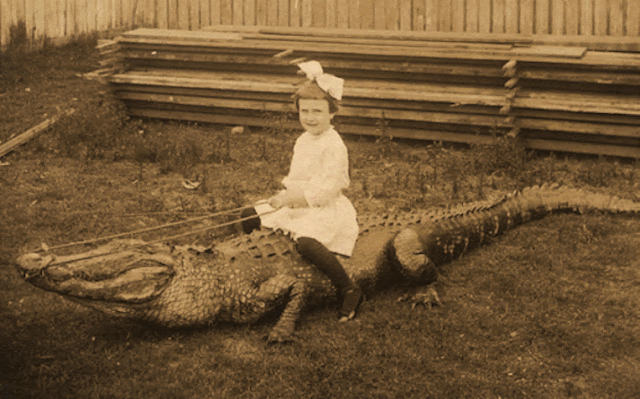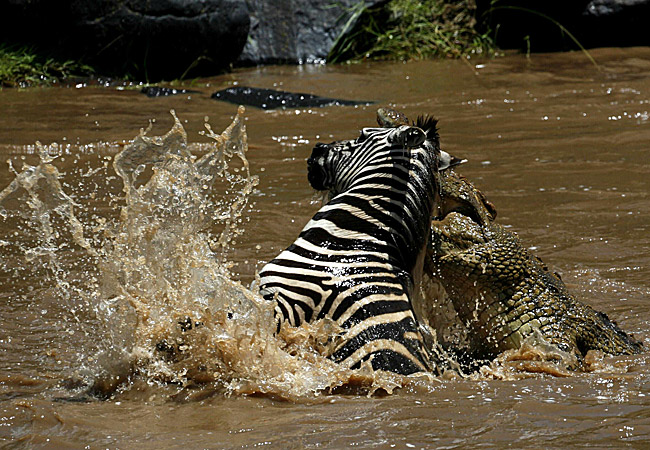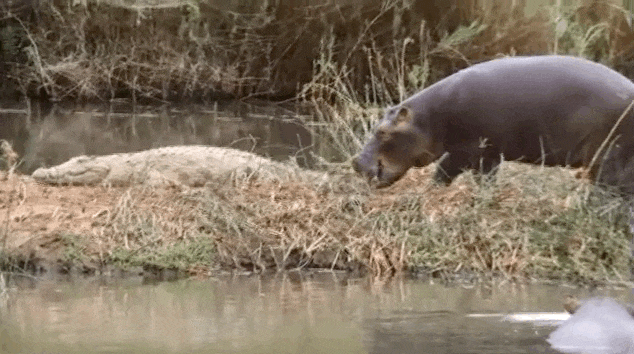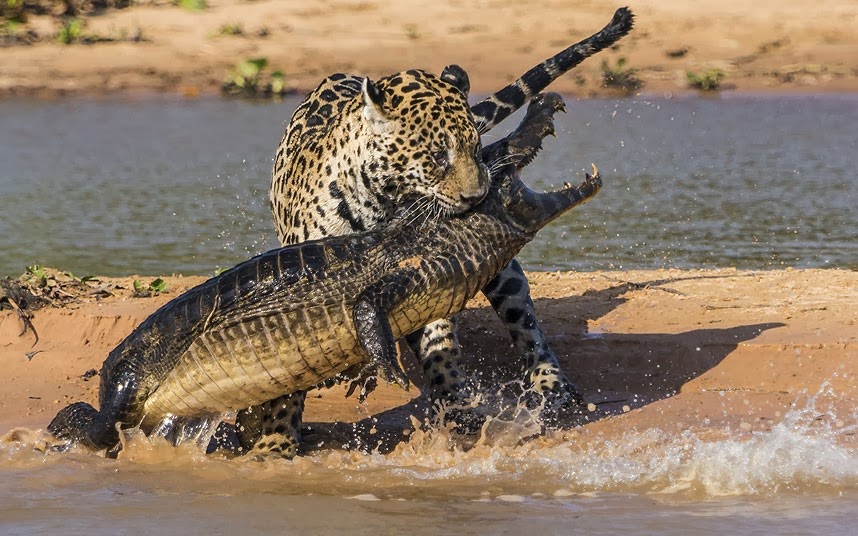Fascination with Crocodiles and Cranes provides the name and the content is along the lines of the beauty and the terror in Nature.
ESTUARY EXPERTS
ESTUARY EXPERTS
Thursday, November 17, 2016
Hunters are killing huge gators
Alabama hunters are killing huge gators off the Gulf Coast. Is that a good thing?
By Darryl Fears August 25, 2015
It took six men to pull a 13-foot, 9-inch alligator from Lake Eufaula in Alabama. The animal weighed in at 920 pounds at a local lumber yard in mid-August, but its girth is only now raising eyebrows and drawing gasps; it was weighed last week but started to draw national attention Tuesday.
The giant male gator is one of several monsters that were hauled out of waters during regulated hunts in Alabama, Texas and Florida in recent years, and some biologists question whether that’s a good thing. Big dominant males manage the habitat where they reside, keeping smaller, more aggressive males away.
“You move one animal and four or five or six smaller gators come in and fight for territory,” said Kent Vliet, an alligator biologist at the University of Florida. “It is a bit destabilizing in that sense.”
Vliet said alligator hunters should be encouraged to snag younger males to manage populations and leave the behemoths alone.
“In my mind, because so few alligators that hatch reach adult size, and even fewer reach full bull status, I think of those animals as being very valuable,” said Vliet, coordinator of the university’s laboratory in the biology department. “A lot of ecological resources have gone into making that animal. To me that’s sort of a waste.”
[New study shows just what vicious predators humans really are]
They want the big game, the big trophy, a place in the record books. Scott Evans, of Center Point, and his friends, brothers Jeff and Justin Gregg, achieved that in some regard, capturing the biggest gator ever in that particular lake.
But as gators go, this beast was no state or national record. The largest alligator ever caught in the wild was a 15-foot, 9-inch giant wrangled last year in a tributary to the Alabama River.
The second largest catch, a 14-foot, 8-inch gator roped and drowned by Thomas Bass of Trinity, Tex., held the record until Mandy Stokes and a group of helpers made news with their catch last year. Bass caught his gator eight years ago, but wasn’t entered into the record kept by Safari Club International until last year.
Robert “Tres” Ammerman, a licensed practical nurse from Apopka, caught a skinny 14-foot, 3-inch male that weighed 654 pounds, in Lake Washington in 2010. It was the longest documented gator caught in Florida, according to the state Fish and Wildlife Conservation Commission.
Florida is renowned for alligators, which serve as the mascot for the state’s largest university, but the animals range the entire length of the Gulf Coast. They are also found in the Carolinas.
The American alligator is classified as threatened by the U.S. Fish and Wildlife Service, a listing that provides federal protection, But state approved management and control efforts are allowed under the designation.
Louisiana and Florida have the largest habitats, but the populations are rapidly growing in Alabama, Mississippi and Texas, Vliet said. With smaller habitats in the latter three states, population management programs were slower to start.
[Frog, toad and amphibian populations are plummeting]
Removing them makes headlines, but the news is not always good, especially when no human has been harmed. “These are unusual animals. They have survived a long time. They tend to be wary animals. They may be older animals. It is likely that they do dominate an area, subordinate smaller males, mate with multiple females,” Vliet said.
“In a lot of ways they control the alligator population in that area. There’s no doubt in my mind that when you move an animal of this size, it has an impact on the population.”
Read more:
Global warming worsened the California drought, scientists say
Bad parenting? Baby zebra finch look for better role models
Drought: The big fish story no one is talking about
This invasive giant snail is spreading in Florida
Link: https://www.washingtonpost.com/news/energy-environment/wp/2015/08/25/hunters-are-killing-huge-gators-on-the-gulf-coast-is-that-a-good-thing/
Wednesday, November 9, 2016
Tuesday, November 8, 2016
Subscribe to:
Posts (Atom)


















